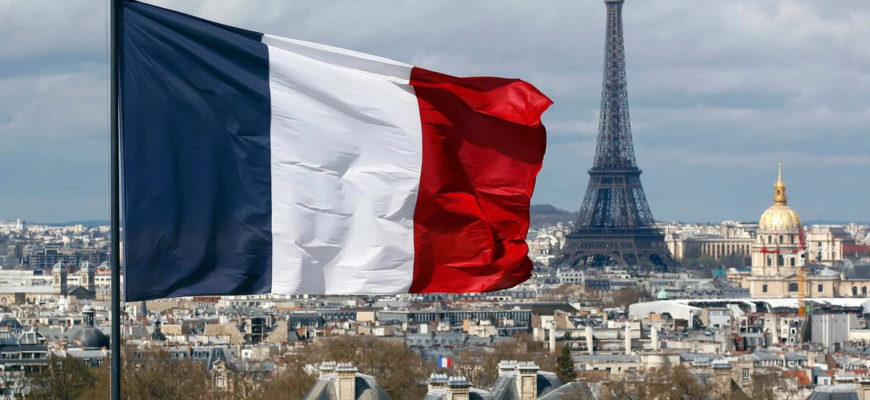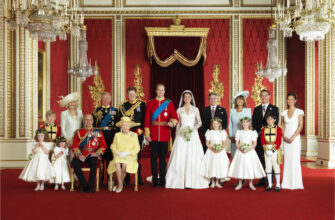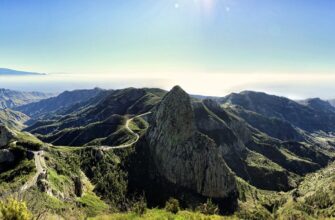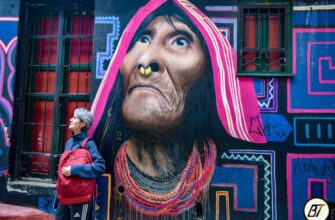France is the largest country in Western Europe. The history of these lands dates back to the times when the planet was inhabited by representatives of the most ancient peoples.
Thus, the territory of modern France in prehistoric times was the site of Cro-Magnon and Neanderthal people. For a long time afterwards, ancient cultural monuments were found here. Since that time, man has never left these picturesque places again. As a result of the Gallic War in the 50s BC, the territory of the current state was ceded to the Roman Empire as a province, and only by the 10th century AD did the country occupy its present territories and become known as France.
Source: app.wizer.me
A very important stage in the history of France was the Great French Revolution of 1789-1799, which was not only the strongest impetus for the development of the state itself, but also excessively influenced international history in principle.
French state attributes
The modern French state symbols that we now know came about as a result of the revolution.
The colors of the tricolor – blue, white and red vertical stripes – convey the main historically established political idea of the French: “Liberty, Equality, Fraternity. The motto also repeats it. The national anthem of France is the “Marseillaise,” a revolutionary song written by French army officer Claude de Lille. Marianne is a young girl depicted with a Phrygian cap on her head and represents freedom in France. She is also a state symbol. The French national symbol of vigilance was the Gallic rooster. During and after the revolution, its image was placed on coins, banners, and weapons.
Source: cont.ws
“City on the Seine”
Paris, the capital of France for more than five centuries, is recognized as one of the most beautiful cities in the world. The largest metropolis in France, it has a history as rich as the country itself.
When coming to Paris, we can easily find proof of this just by walking down the street. A huge number of historical and cultural monuments are located in the outskirts of the capital. Pantheon, the Louvre Palace, the Church of St. Roch, Bataclan – this is a small part of what you can see in Paris, touching the history of this city and state in general.
Source: orchidea-shop.ru
Paris calling card
The Eiffel Tower is the most recognizable landmark not only in Paris, but in France as a whole, so it was impossible not to mention it. The building has been the subject of controversy since its construction. For a long time the inhabitants of the capital themselves were very angry at the idea of building a three-metre tower, although it was originally intended to be a temporary building on the occasion of the World’s Fair. The tower, named after its designer Gustave Eiffel, was never dismantled for a number of reasons, becoming the most recognizable and admired tourist landmark of Paris.
Source: twitter.com
France is a picturesque country with a rich and interesting history that can be visited by anyone who has planned a trip to the countries of Western Europe.
Source: Pinterest








